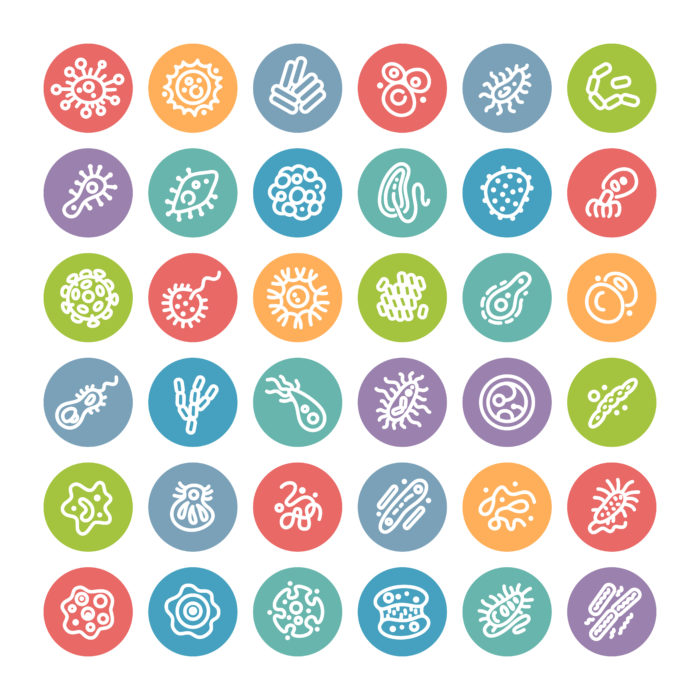STD Prevention 101
What we do and why we do it.

What are sexually transmitted diseases (STDs)?
- STDs are caused by sexually transmitted infections
- These infections can be bacterial, viral or parasitic
- STDs are transmitted through sexual contact
Different types of STDs
There are 3 different types of STDs: bacterial, viral and parasitic.
• Bacterial STDs can generally be cured with antibiotics. However, if left untreated
they can lead to further complications. Common bacterial STDs are Chlamydia,
Gonorrhea and Syphilis
• Viral STDs cannot be cured, although many can be treated with medication. Some
viral STDs, such as Human Papilloma Virus (HPV), can disappear on their own.
Common viral STDs include HIV, genital herpes, HPV, Hepatitis B and Hepatitis C.
There is a vaccine available to prevent both HPV and Hepatitis B
• Parasitic STDs can be cured with medications and creams. Common
examples include scabies and pubic lice
STDs in the United States: Quick Facts
- The U.S. has the highest rate of STDs in the industrialized world,
with approximately 19 million new infections occurring each
year - More than half of all Americans will contract an STD in their
lifetime - Chlamydia is the most commonly reported disease in the U.S.
- Sexually active youth (ages 15-24) have the highest STD rates of
any age group in the U.S. - Racial and ethnic minority groups experience disproportionately
high rates of STDs
Preventing STDs: Why is it Important?
While many STDs can be cured or treated with medication, the consequences of untreated STDs can include: infertility, pregnancy complications, cervical cancer, pelvic inflammatory disease, birth defects and a 3- to 5-fold increased risk of HIV transmission.
The only 100% effective way to prevent the transmission of STDs is abstinence. For sexually active persons, correct and consistent use of male latex condoms is highly effective in preventing many STDs.
Helping People Lead Healthy Lives
Ensuring access to STD information, including comprehensive, accurate information on how to prevent STDs and where to seek testing and treatment, is an integral part of sexual health and overall health and wellness for adults and adolescents.
Communication around STD prevention is also a central component of a healthy relationship. Partners that can discuss sensitive issues such as sexual history, risk behavior, testing and condom use help to build a healthy relationship by showing mutual respect and making each other feel safe and healthy, both physically and emotionally.
Saving Health Care Costs
The U.S. has the highest rate of STDs in the industrialized world, with approximately 19 million new infections per year. The direct medical cost of STDs, not including HIV/AIDS, is nearly $8.4 billion per year. This figure does not take into account the indirect costs of STDs, including lost wages and productivity, or the emotional costs of living with infertility or cancer.
While investing in STD prevention is extremely cost effective, federal investment for STD prevention has consistently declined in recent years. For every dollar spent on prevention, $43 is spent eachyear on STD-related treatment costs.